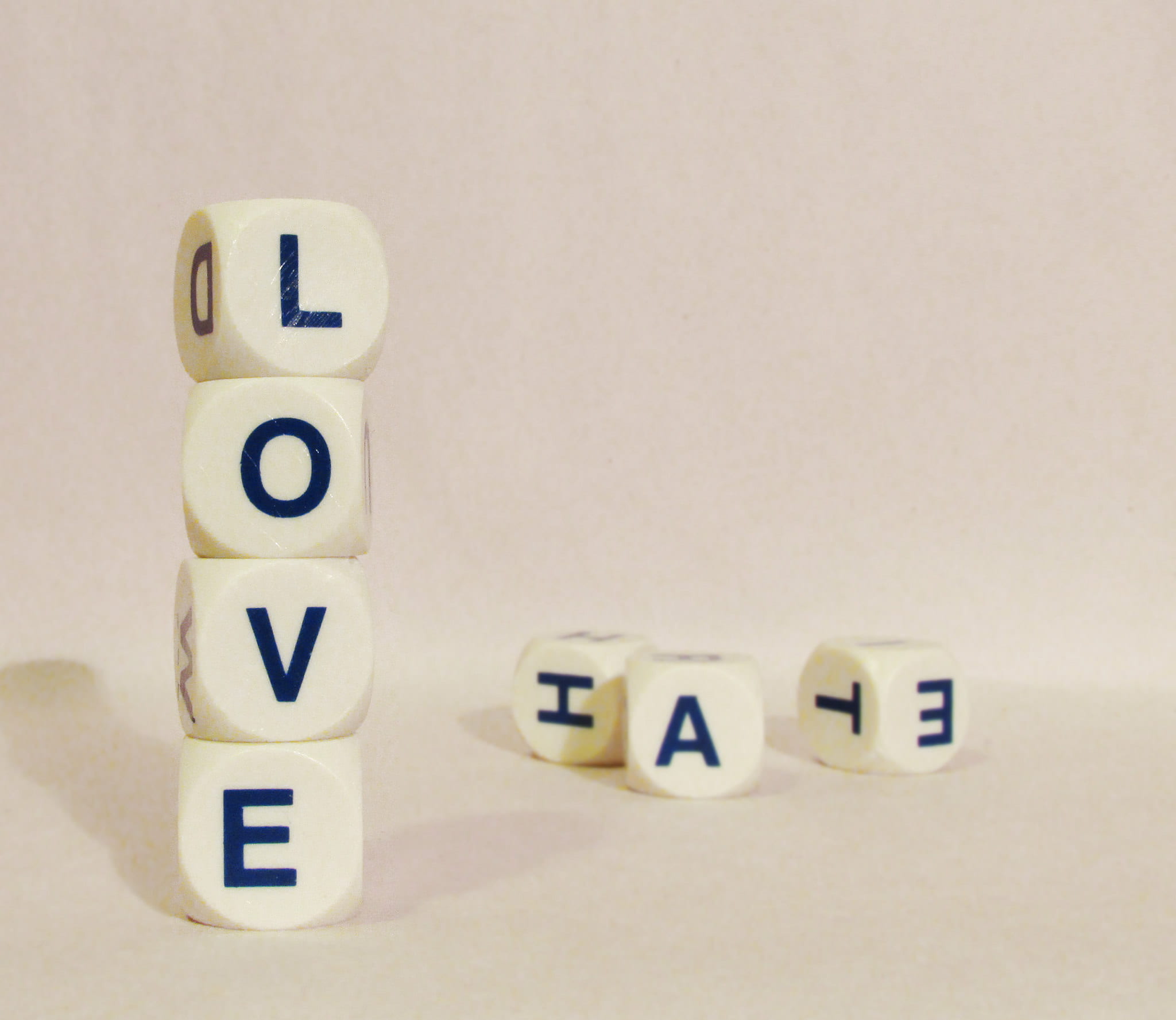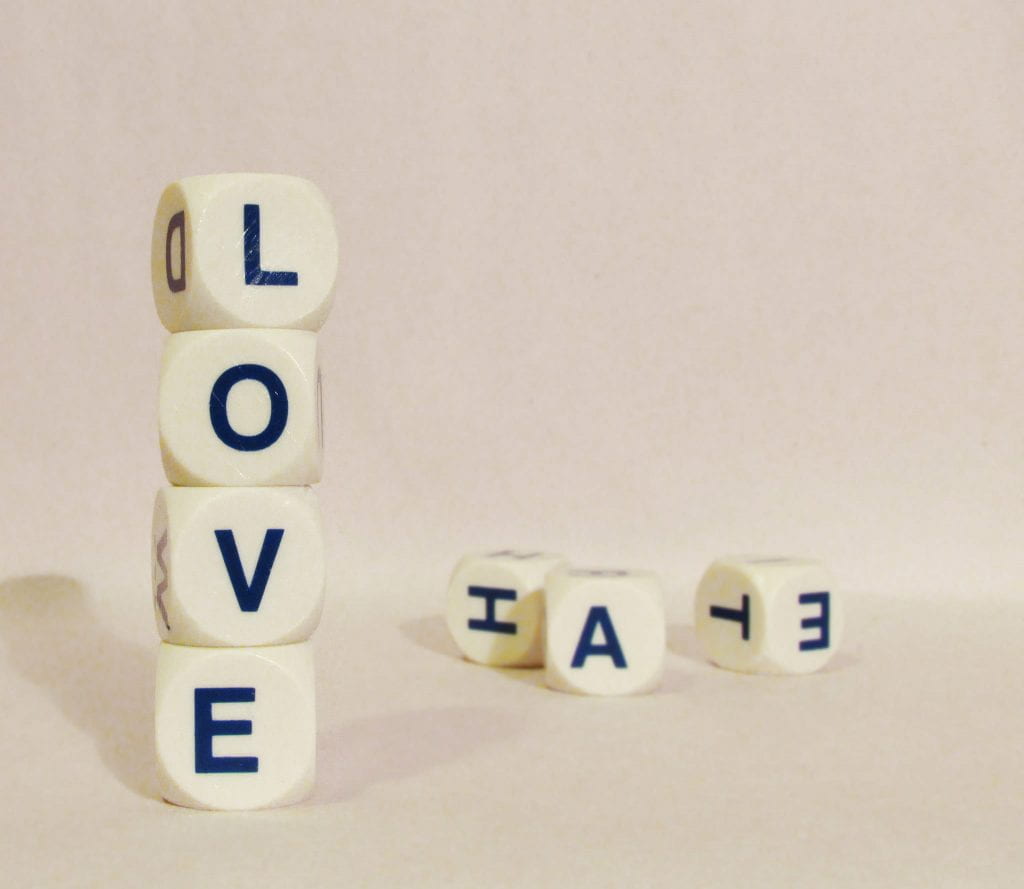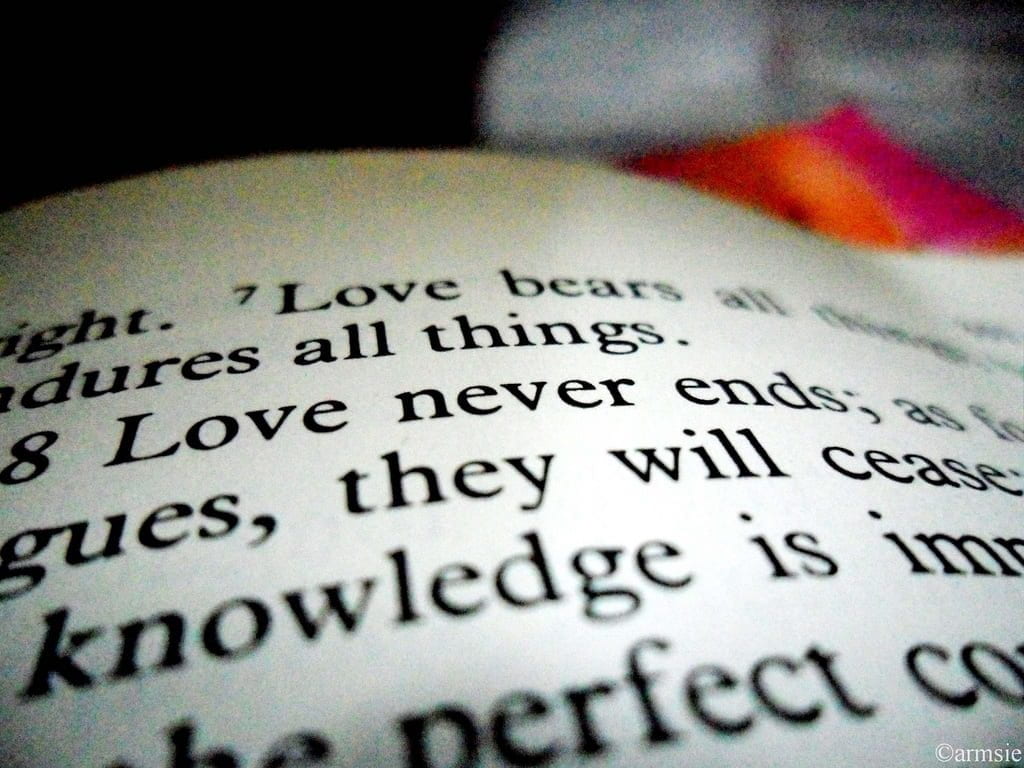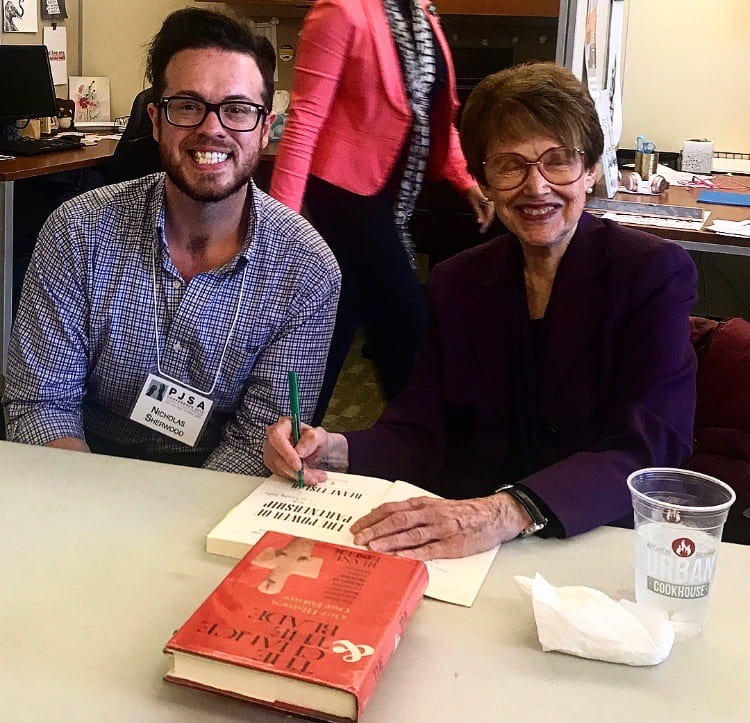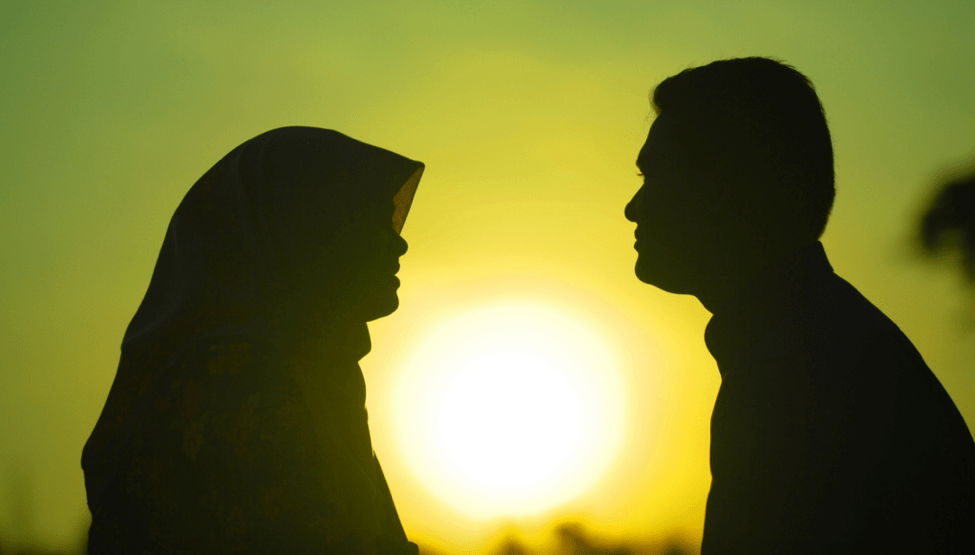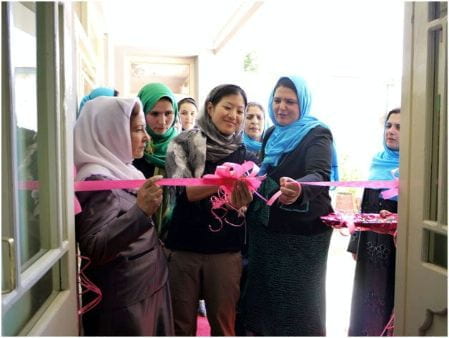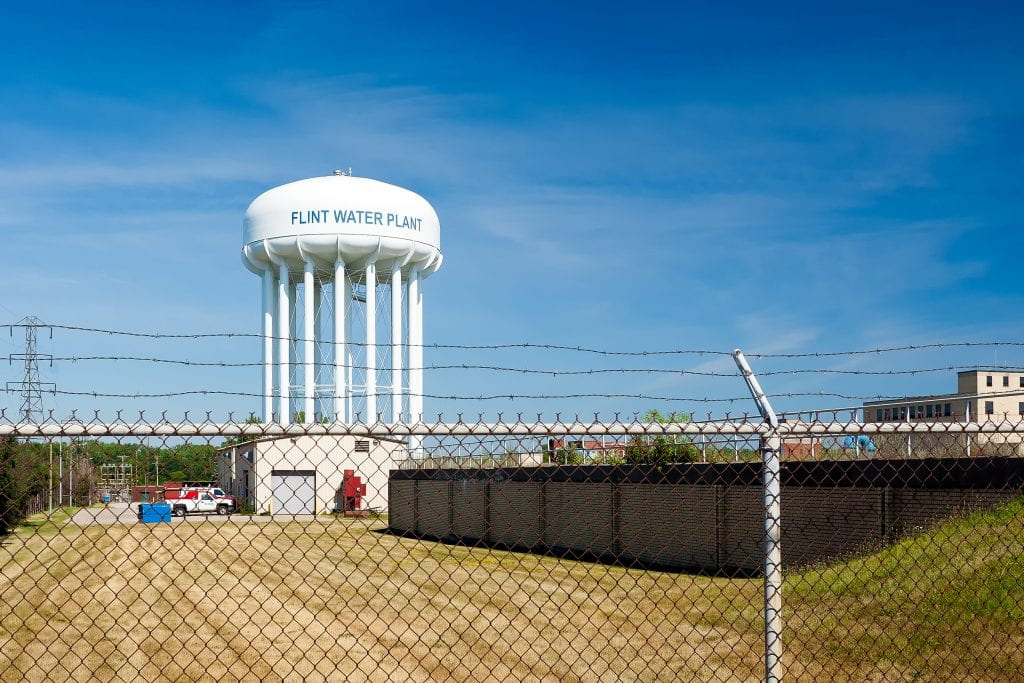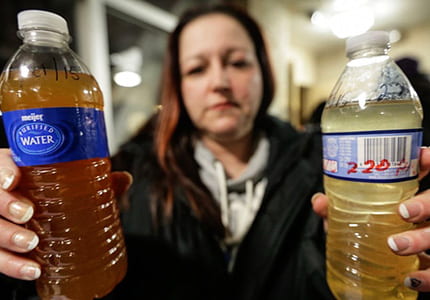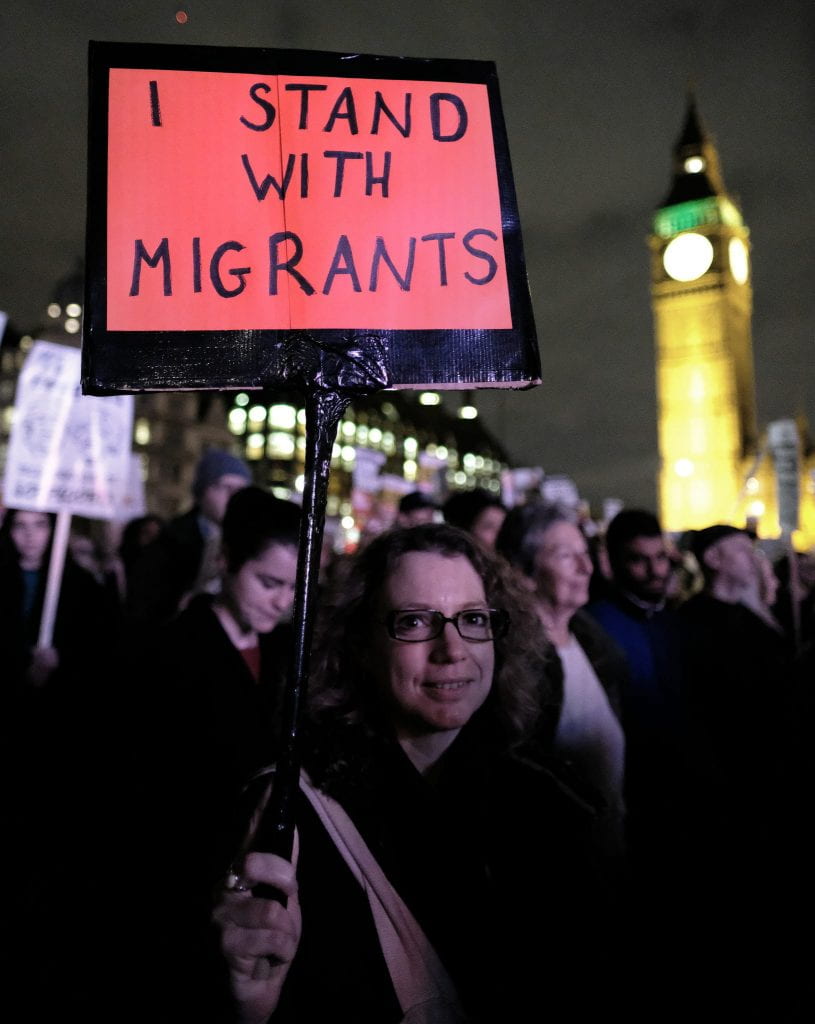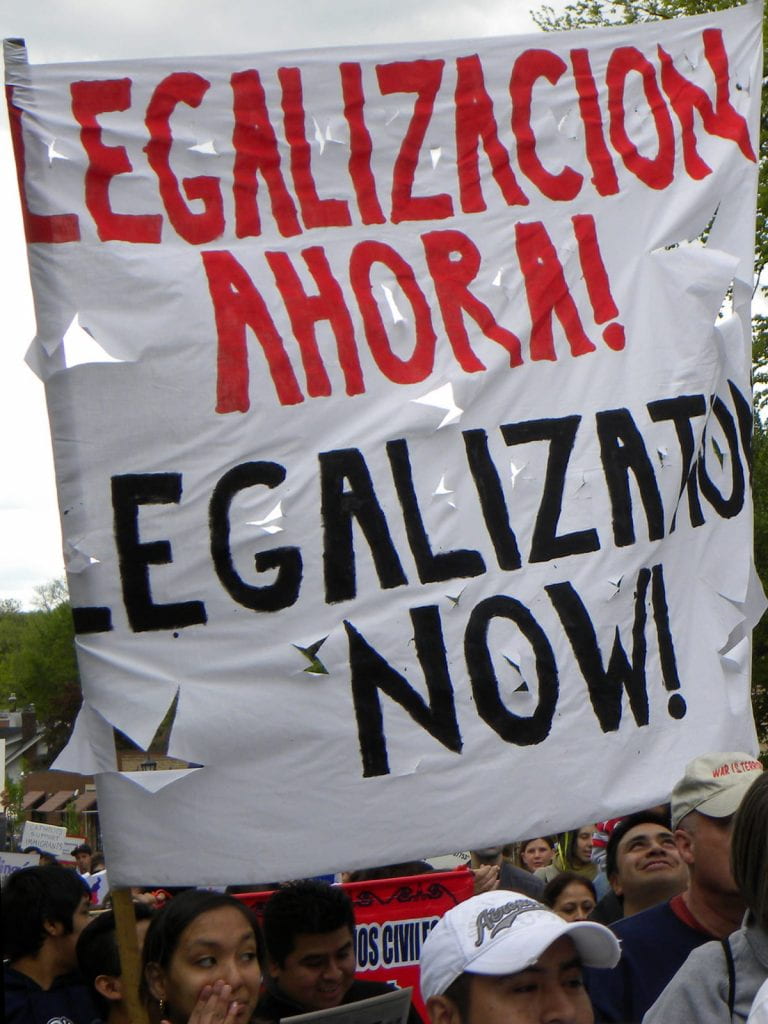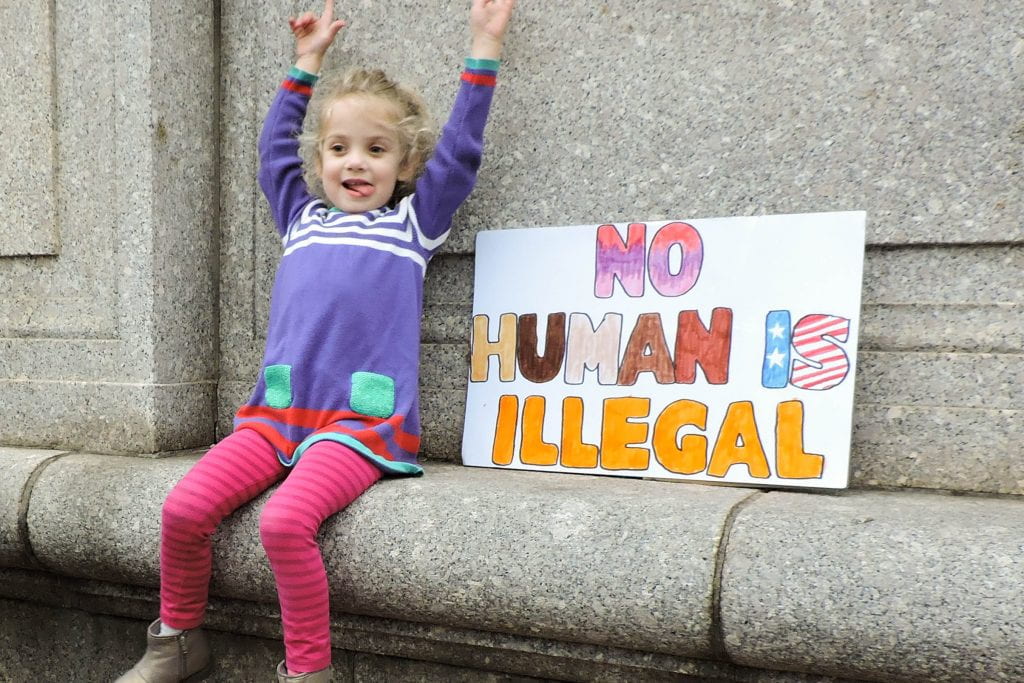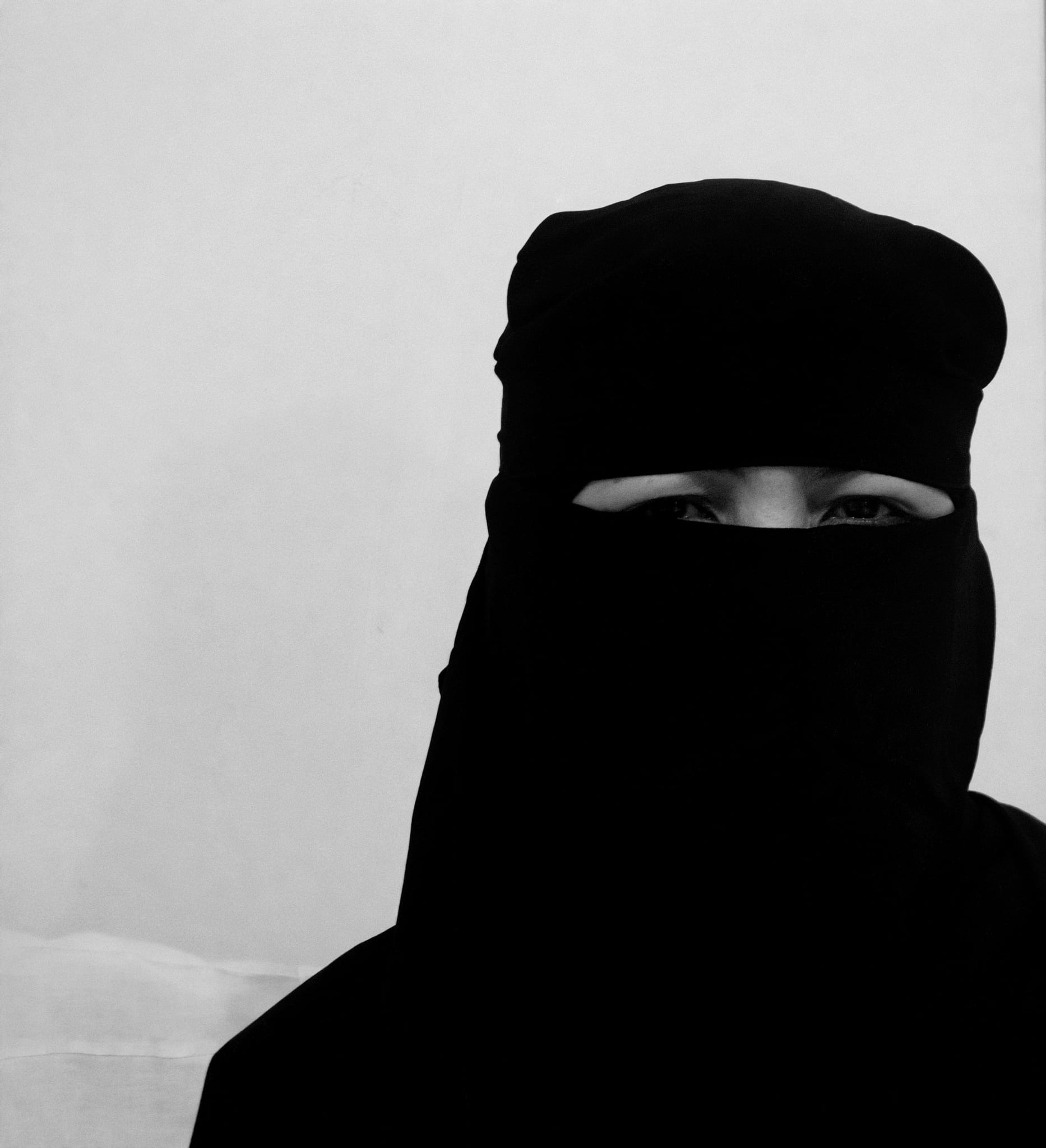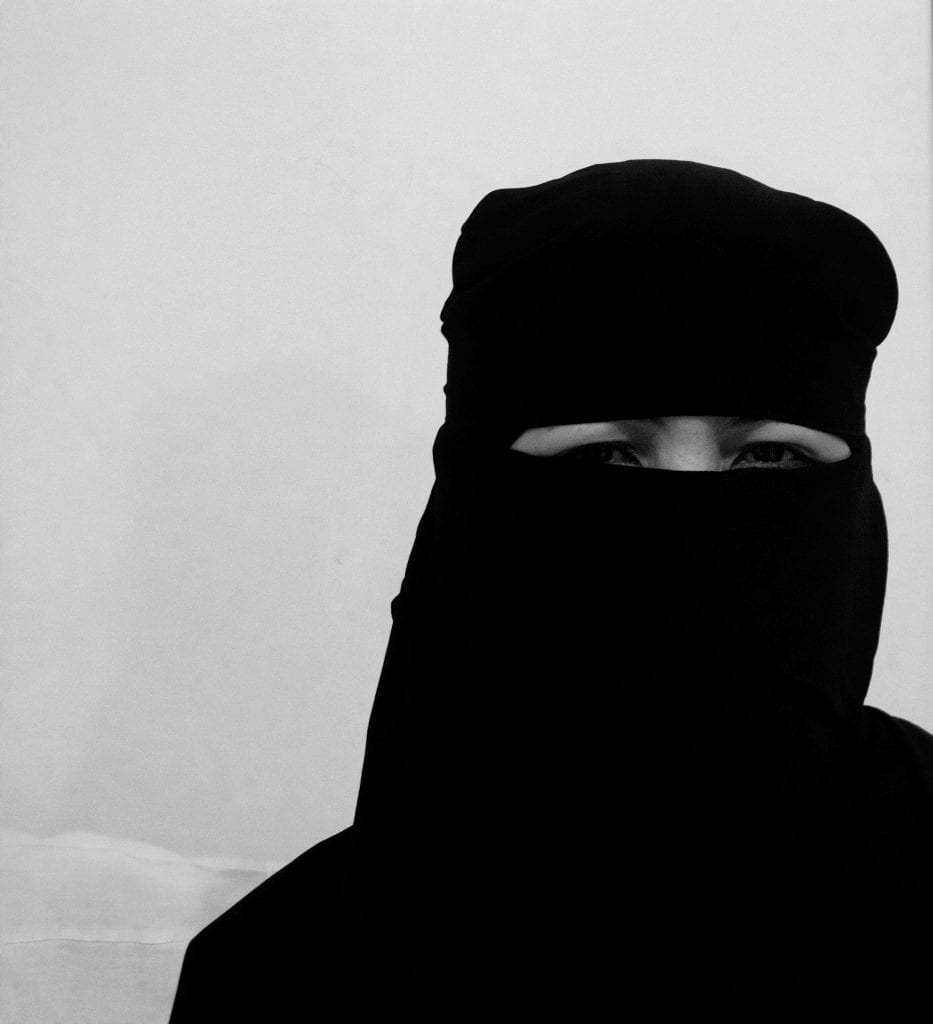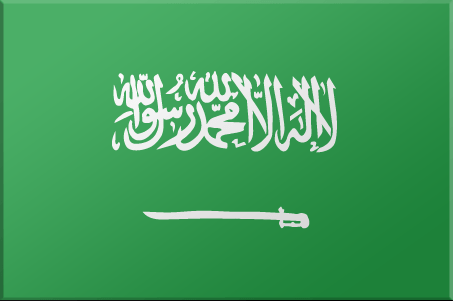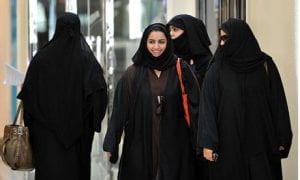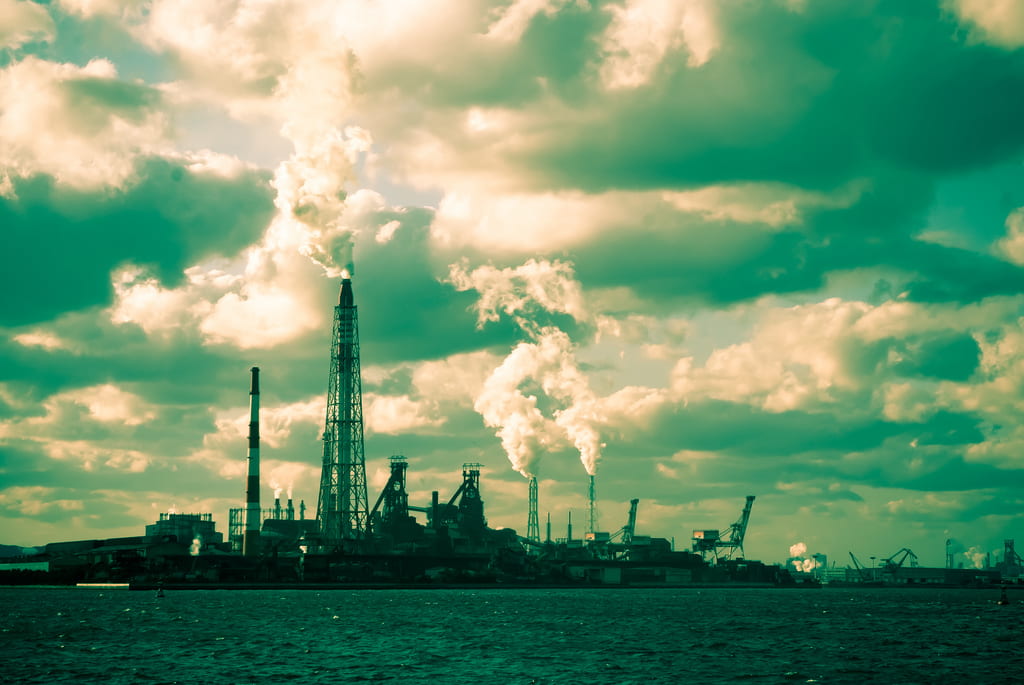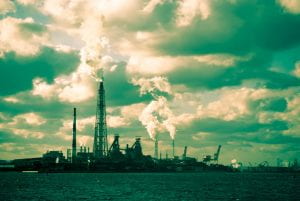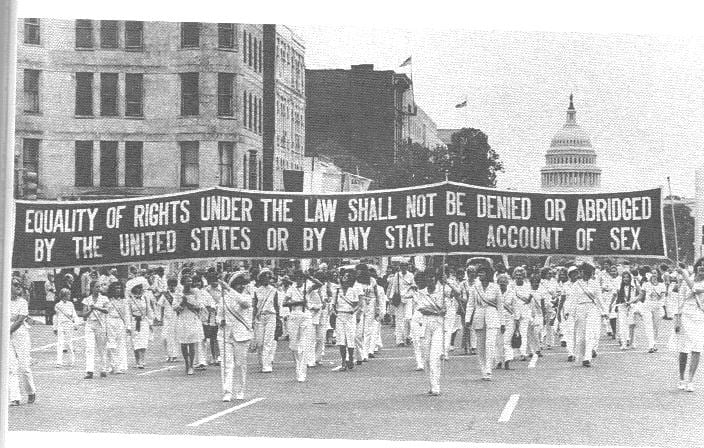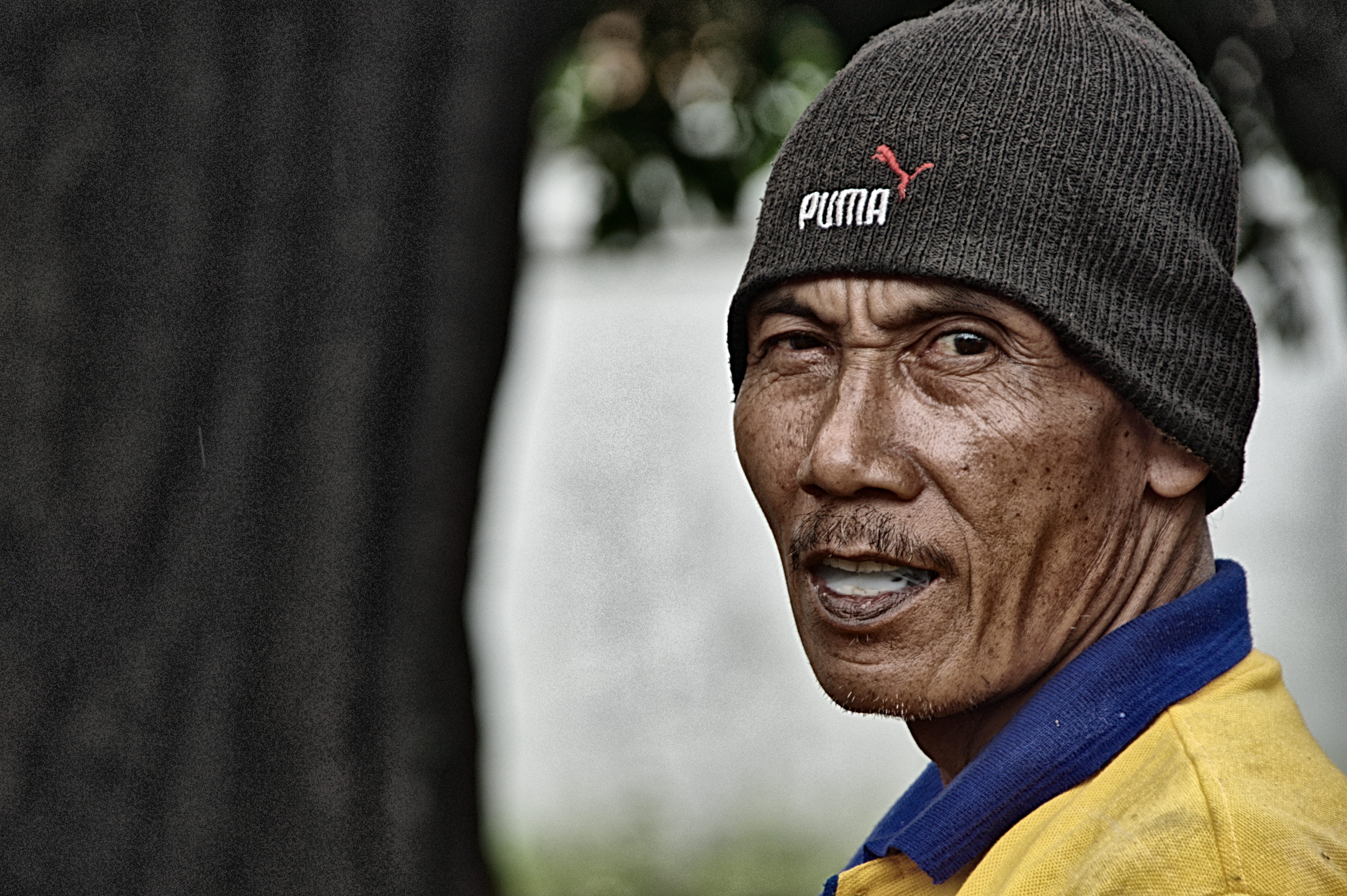
What does it mean to “be a man”? The traditional response would involve being dominant, physically strong, and emotionally closed off. Some might see someone who is tough and intimidating, who never cries in front of others, and say that he is a “real man.” Men in our society are pressured to fit perfectly into this traditional depiction of masculinity. If a man fails to be strong enough or shows too many emotions, he is often shamed by others. When a man’s masculinity is questioned, he might make a point of acting more masculine, which could lead to harmful or even violent behavior. It can have a negative effect on his mental health, contribute to the occurrence of intimate partner violence, and marginalize certain groups. When masculinity is forced upon individuals and is significantly harmful, it becomes toxic.
For the purposes of this blog, toxic masculinity refers to masculine traits, attitudes, and behaviors that are harmful, yet continue to be encouraged by much of society.
Impact of Toxic Masculinity on Mental Health
Masculinity is often associated with not sharing one’s feelings with other people. Men are not expected to be emotional individuals. When they are emotional, they are often chastised. The suppression of emotions is a negative thing for anyone to do. Bottling up everything does not make one’s feelings go away and can have long-term consequences. In a meta-analysis of 48 studies, there seemed to be a relationship between the suppression of emotions and an increase in negative changes in mental health, such as depression and anxiety. There also seemed to be a relationship between the suppression of emotions and a decrease in positive changes in mental health, such as life satisfaction.
The negative effects of societal expectations of masculinity begin in childhood. One study, which used a sample of 280 middle schoolers, found that the boys in their study began to conform to traditional expectations of masculinity between the fall and spring of their first year of middle school. The results of that study also suggest that there is a relationship between the presence of depression and conformity to traditional masculinity. The study defines traditional masculinity as, “a dominance-oriented ‘bravado’ with which individuals posture for social dominance through fundamentally maladaptive behaviors, such as physical toughness and emotional stoicism, that project social power and invulnerability.” Many of the behaviors that traditional masculinity supports are “socially dysfunctional,” such as suppressing emotions and being physically aggressive. Considering the fact that middle school is a critical point of development, one can see that long-term harm can be caused by being held to standards that relate to depression and dysfunctional social behaviors.
Suicide is the third leading cause of death for boys, which suggests that there are serious mental health issues and factors that need to be addressed. Boys who fail to fit into the norms of traditional masculinity are often bullied by those who adhere to norms well. Bullying is associated with symptoms of depression, which has the potential to lead to the occurrence of suicide. One study, which used a sample 236 students, found that individuals who had experienced bullying had more symptoms of depression and suicidality four years after initially being surveyed than those who did not report that they had experienced bullying. In addition to depression, bullying that relates to failure to meet gender norms can lead to violence against others.
Intimate Partner Violence
Not only does toxic masculinity harm men themselves, but it also harms the other people in their lives. One study, using a sample of 570 married men in Bangladesh, suggests that increased norms of gender equity are associated with a decrease in the use of “coercive control” over men’s partners. The men in the study were presented with a list of coercive behaviors, such as, “when I want sex I expect my partner to agree,” and, “I have more to say than she does about important decisions that affect us.” The majority of the men reported using most of the behaviors. On average, the men agreed with 5.7 of the 8 traditional gender attitudes, such as, “a woman should obey her husband,” and, “a woman’s most important role is to take care of and cook for her family.”
Another study, which surveyed 600 men, looked to test the presence of a relationship between “masculine discrepancy stress” and intimate partner violence. The study defines masculine discrepancy stress as, “a form of stress arising from perceived failure to conform to socially-prescribed masculine gender role norms. Intimate partner violence is mental, emotional, or physical violence towards an intimate partner. The results of the study suggest that “masculine discrepancy stress” was significantly effective in predicting a man’s history of committing intimate partner violence. If a man felt that their masculinity was being questioned, then they felt the need to perform strong acts of masculinity, such as acts of violence.
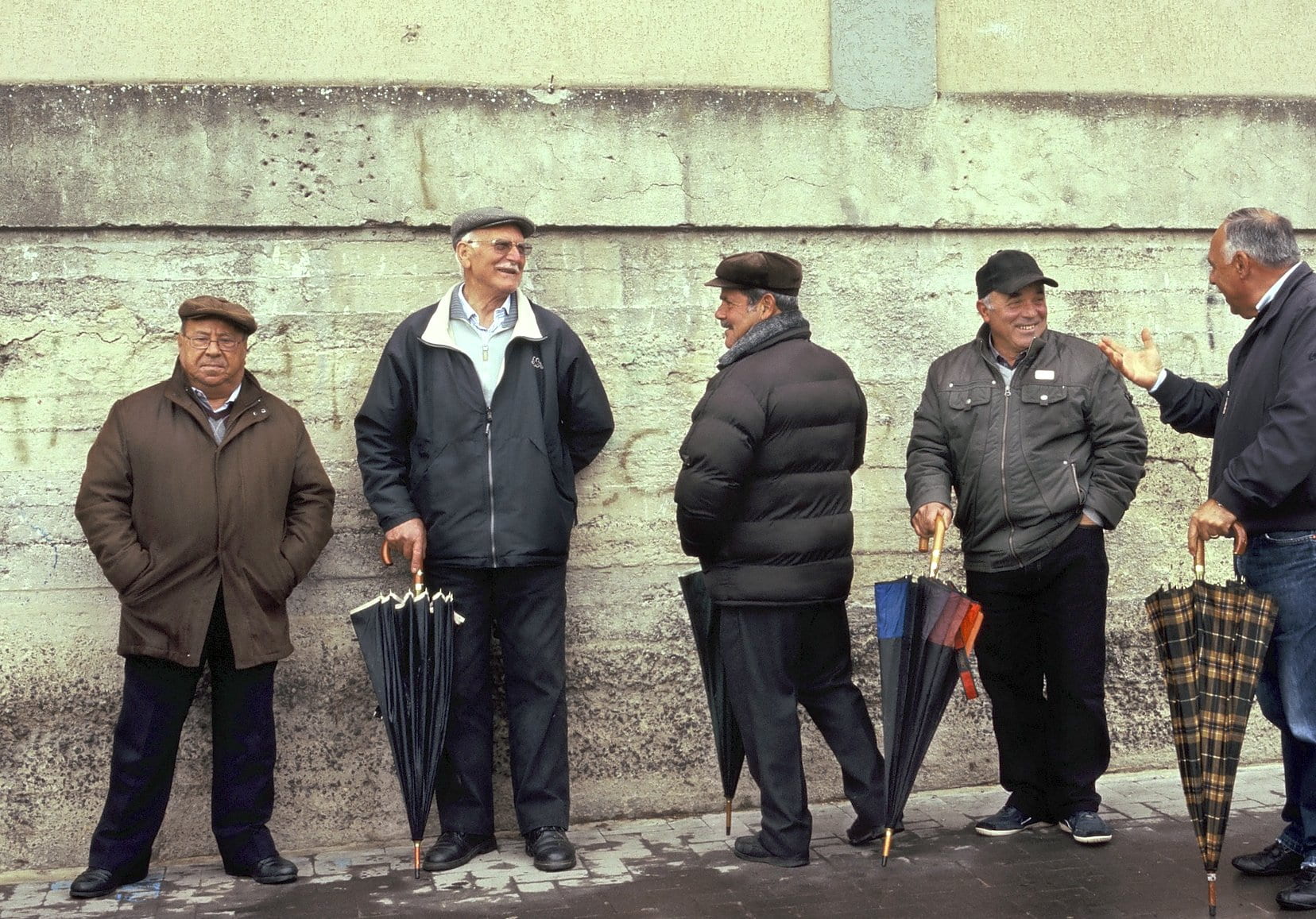
The Marginalization of Groups
If a boy or a man is considered to be too feminine, people might call him a girl or say he’s gay in an attempt to make him feel bad about who he is. This depicts being feminine or being gay as being a bad thing, like it is shameful to be anything other than a straight man. Why are entire groups of people being marginalized in order to demean another person? What is wrong with possessing traditionally feminine qualities?
One might suggest that it is only a problem when someone possessing those qualities breaks traditional gender roles. However, that does not explain it. Women are frequently supported for displaying certain characteristics, such as being strong, or participating in certain activities that are traditionally masculine, such as enjoying sports, hunting, and fishing. In other situations, their positive “masculine” characteristics are twisted around into negative “feminine” ones. For example, if a woman is very confident and has strong leadership skills, she is likely to be called “bossy”. If a girl is more logical and is not very emotional, then she may be considered cold-hearted and mean. A man and a woman can act in the exact same way, but they will not receive the same response from other people.
Toxic masculinity also has a significant impact on transgender men. Violence against the transgender community has been on the rise. In some situations, trans-men experience “defensive masculinity,” where they conform to traditional ideas about masculinity, whether they identify with them or not, in fear of violence. Toxic masculinity harms their mental health and puts them at risk of violence if they do not meet traditional gender norms. It is more than a matter of people not agreeing with non-traditional ideas about gender. Toxic masculinity has the potential to be an issue of life and death for transgender individuals.
Why Is Toxic Masculinity an Issue of Human Rights?
Ultimately, traditionally masculine traits themselves are not bad, but they become negative when they are expected and forced upon people. Toxic masculinity has the potential to violate human rights. It can be harmful to mental health and lead to intimate partner violence, both of which are public health and human rights issues. According to Article 3 of the Universal Declaration of Human Rights, “Everyone has the right to life, liberty and security of person.” Toxic masculinity can also act as a barrier to gender equality and harm the LGBTQ community. Article of the Universal Declaration of Human Rights says that all people are entitled to the rights given in the declaration, “without distinction of any kind, such as race, color, sex, language, religion, political or other opinion, national or social origin, property, birth or other status.”
For years people have tried to explain away toxic masculinity as “boys just being boys” and simply “the way men are,” but that is not fair to anyone. The way people act is hugely impacted by the way people expect them to. Societal expectations need to change to support boys and men in being kind and being open with their emotions. Violence and aggression cannot be accepted as granted parts of masculinity. Men do not have to be strong and domineering to be men.
